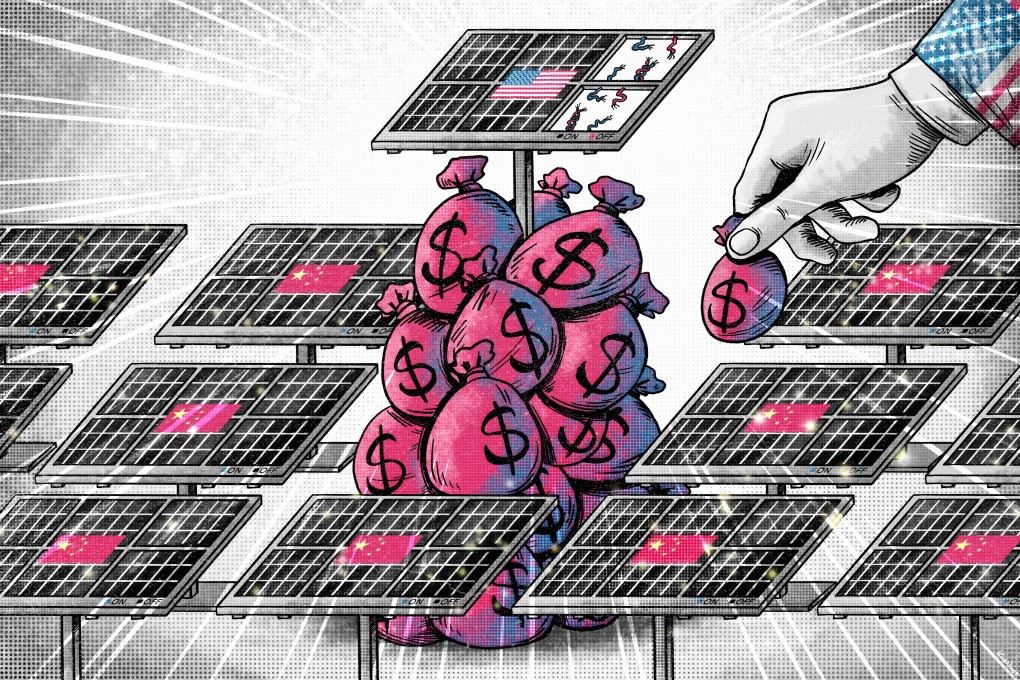Can US achieve solar self-reliance, and will presidential election make a difference?
As US and China battle to secure their energy futures, some predict technology breakthroughs will help level the playing field

Claims that solar power subsidies lead to overcapacity have been a constant refrain in the US-China trade war over the past year. Last month, China returned serve.
The China Photovoltaic Industry Association said the United States had been “aggressively expanding its solar capacity through exclusive and discriminatory subsidy policies” in recent years, while at the same time accusing China of giving excessive subsidies to its own new energy sector – “demonstrating typical double standards”.
“These actions will lead to overcapacity in the US,” it warned, adding that would have an adverse impact on the industry’s healthy global development.
For the United States, one big uncertainty centres on next month’s presidential election.
Republican candidate Donald Trump has said he will “rescind all unspent [IRA] funds”. But he also said he was a “big fan” of solar in a debate with the Democratic nominee, Vice-President Kamala Harris, on September 10.
